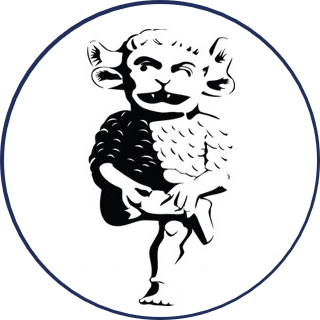In the Elizabethan age, women had tiny waists and white faces. Yet the human race is not designed to fit one look – reality is somewhat different; people are of different ethnicity, shape, size, and some have disabilities.
Yet, a resounding question in the fashion world is how much are these ‘normal’ people fairly represented in fashion.
The area that has seen the most progress in this way is plus-size modelling. Designers John Galliano and Mark Fast have both used plus-size models in their runway shows.
Mark Fast caused a stir at this year’s London Fashion Week in fact, by having both skinny and curvy models walking the catwalk, showing that tighter fitted clothes can flatter all shapes and sizes.
Only recently was French Elle’s latest edition both commended and criticised. Having already conquered actresses without make up and naked models, Elle has taken it one step further, featuring plus-size models like Tara Lynn on the cover.
Similarly, darker skinned models have become increasingly popular, helped significantly by the emergence of Naomi Campbell in the 1980s. It’s surprising therefore, to find only two darker skinned models in the entire edition of this month’s Marie Claire magazine.
Sola Oyebade, CEO of Mahogany Models, who also campaigned for Italian Vogue’s all black issue in 2008 to become the largest selling Vogue ever, says: “From various world-wide campaigns, we have drawn an enormous amount of attention to the lack of black models within the fashion industry and we have definitely seen some progress.”
On the one hand, Sola believes the progress has been slow and steady, however.
“Over the last couple of years, if you look at some of the major ad campaigns you will see that more black models are being used. At London Fashion Week this year, we saw the highest amount of black models ever seen on the catwalk,” he says.
Indian Vogue has also dedicated its April issue to darker skin, as they try to quash the belief that light skin is beautiful.
Two areas less spoken in the fashion world are short models and models with disabilities. The most recent series of America’s Next Top Model saw no one over 5ft 7, giving shorter women hope that they would finally be considered in the fashion world. However, Nicole Fox has subsequently had no work since winning the final.
“The fashion industry is very superficial and that means, generally, it is only the stereotypical 5ft 9, size 6-8 models that are represented. They are what the public see and identify as a model,” Oyebade says.
“If you don’t fit the criteria then it means they won’t make money from you. It is about making money and maximising income. However that doesn’t mean there aren’t a lot of people who are models, including plus-size, commercial, petite, glamour, dark-skinned, swimwear, and others, even a few disabled models.”
As far as models with disabilities are concerned, the BBC series ‘Britain’s Missing Top Model’ was the first to cover disabled modelling.
Becky Day, an 18-year-old model, says: “I think the industry is getting better. In terms of the agency I’m with, Tyne Tees Models, they represent all types of people. There are so many different areas of business that need models, there is definitely room for everyone,” she says.
The greatest development in this area is undoubtedly Shannon Murray becoming the first disabled woman to appear in a department store’s window display. She currently features in the Principles window of Debenhams on Oxford Street.
However, the competitiveness between models that we see on programs such as America’s Next Top Model, presents the question whether ‘normal’ people will ever become a common feature in modelling and whether it’s the duty of fashion to fairly represent all walks of life, anyway.

Correction…get your facts right…Nicole Fox had done things after winning ANTM cycle 13, getting the Wildfox couture campaign, Forever 21, and Steve Madden.
Well, maybe it’s unfair to say she has had no work..BUT the point is she hasn’t made the impact that people would expect from a show like America’s Next Top Model – and that is the whole point of this article, it’s not because she isn’t beautiful or as talented as others, but her height may be the reason. Maybe I should have put “Nicole Fox subsequently hasn’t had as significant work as other models” however arguably, those names are not as big as say Vera Wang, Oscar de la Renta and Stella McCartney for which Chanel Iman (pictured on the front of this article) has modelled for, for example. And as a black model, that is extremely significant, but that doesn’t mean that black models or darker skinned models on the whole are represented fairly.
I read an article recently on how male models – the buffed-up, cover-of-Men’s-Health totty that we so often double-take at when picking out our copy of Vogue – have their bodies shown in a “healthy” context, i.e. what a man can achieve from exercise and a good diet. The reality is far from it, as their physiques are often developed and maintained by crash dieting, over-exercising and binge drinking. I thought it was interesting that one male model admitted that the “before” and “after” pictures he shot for an article on weightloss were the result of photoshop and “slouching”.
The modelling industry doesn’t seem to be fair to the average HUMAN, let alone on the world’s women!